2. SAINT-ANTOINE-DE-L'ISLE-AUX-GRUES
-As published in the canadian section of the forum-
With some friends, we went to l'isle aux Grues, an island in the middle of the Saint Lawrence river, ~90 km NE, upstream of Quebec City, in front of the town of Montmagny, to celebrate Saint-Jean-Baptiste day (which is the national holiday in Québec, on June 24). It was fantastic.
We had to take a ferry in Montmagny to get to the island. We then walked the whole day on the island. To get back, as there were not a lot of ferries, we took a small plane.
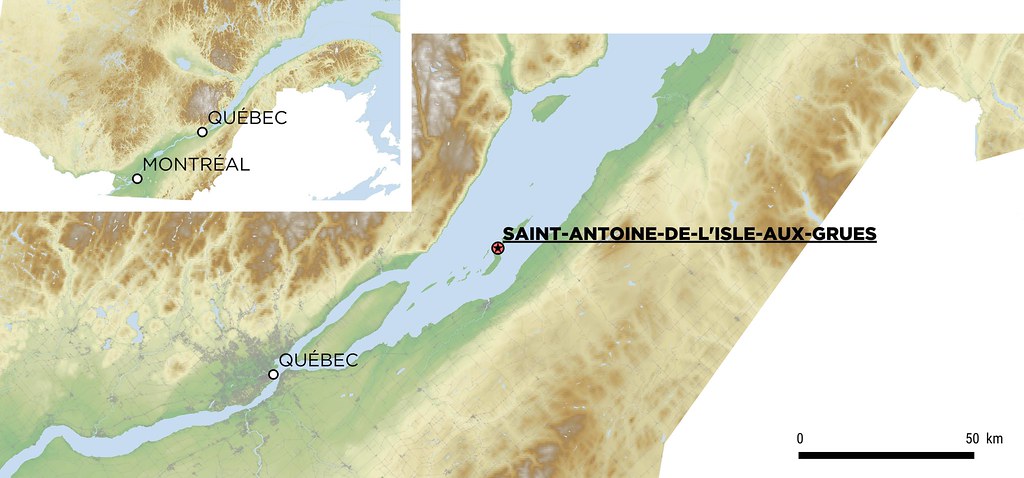
Wonderful landscapes for a walk. The blue mountains you see across the Saint Lawrence are located around Charlevoix, on the north shore.
Saint-Antoine-de-l'Isle-aux-Grues is the only village on the island. It had a permanent population of 147 in 2015. It was settled in 1646.
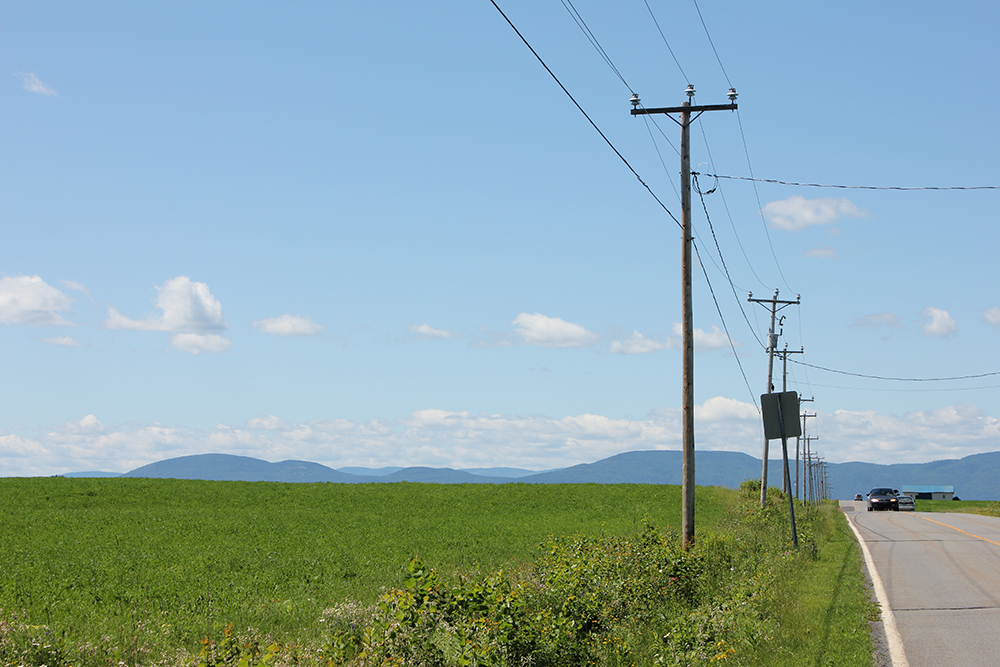
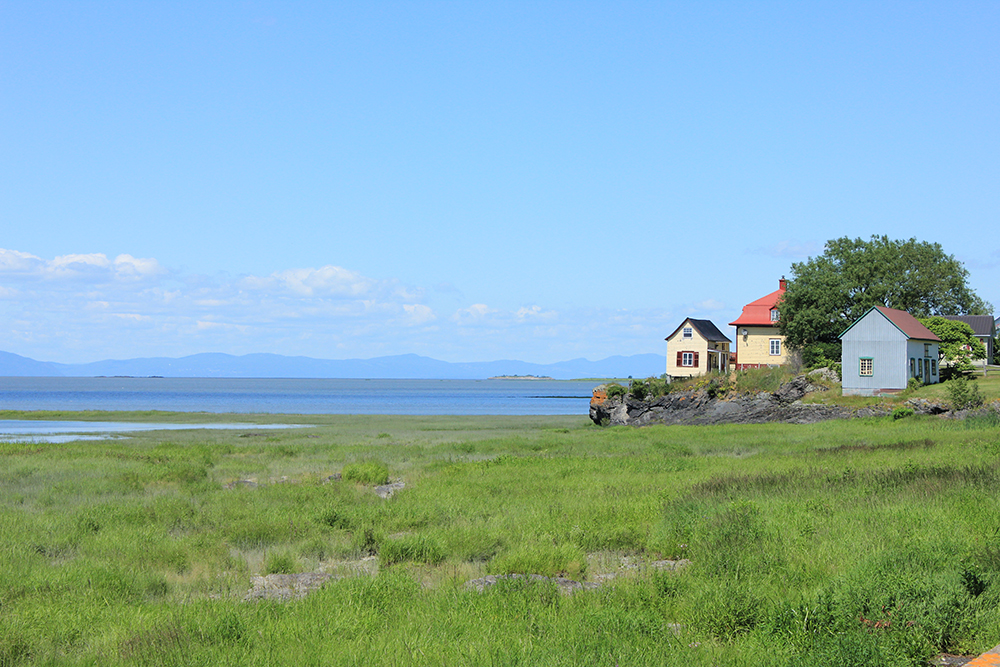
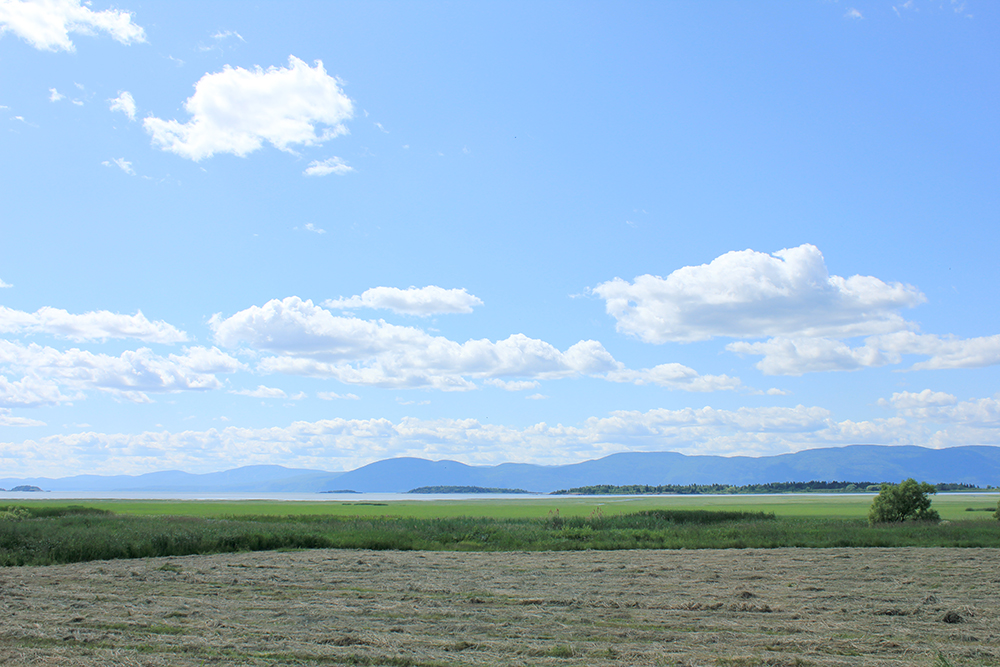
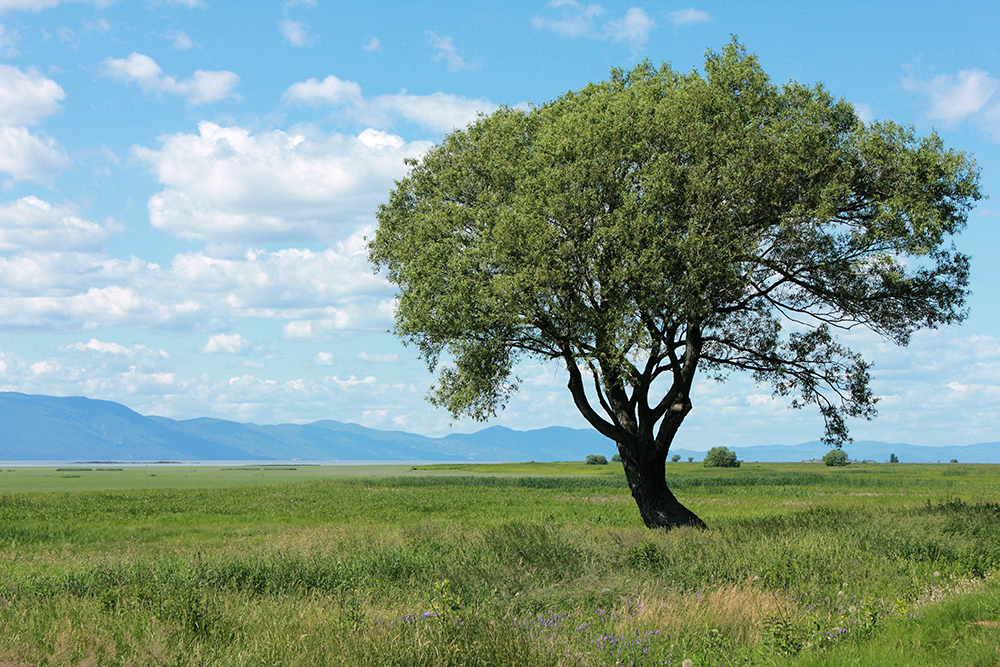
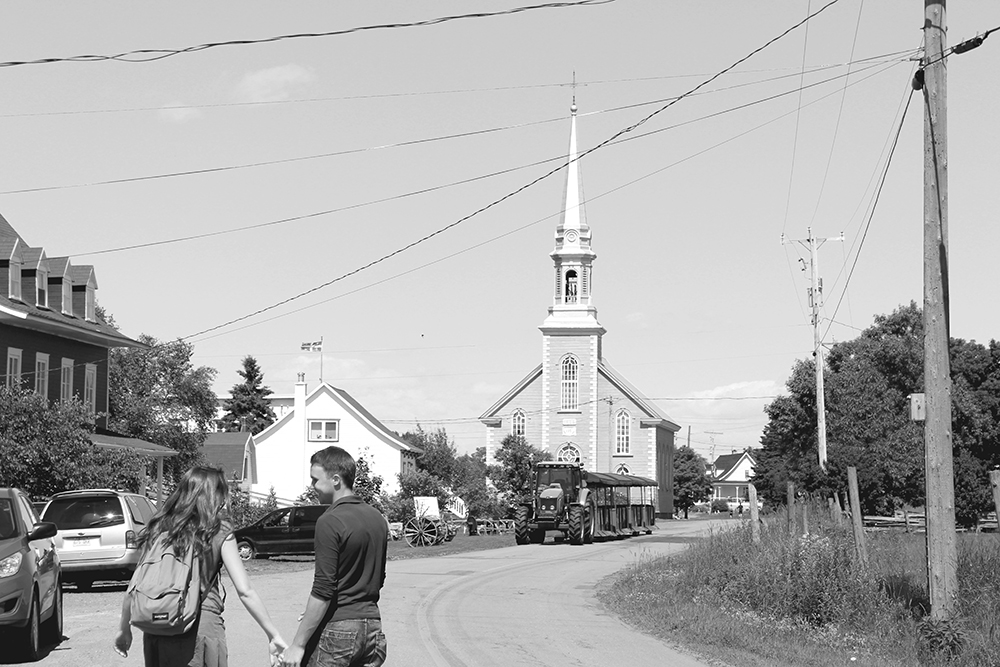
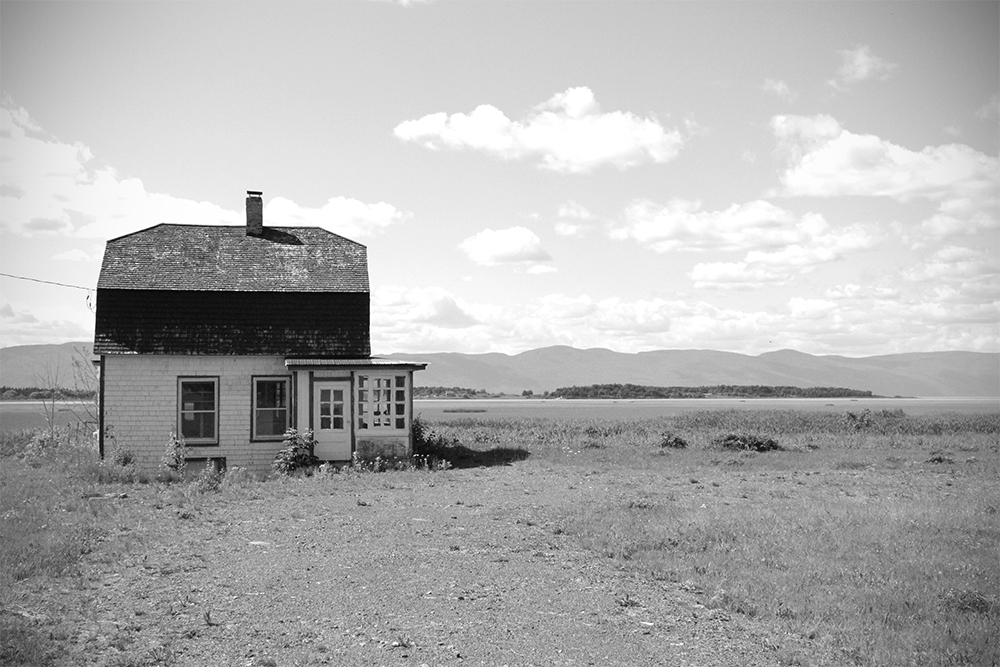
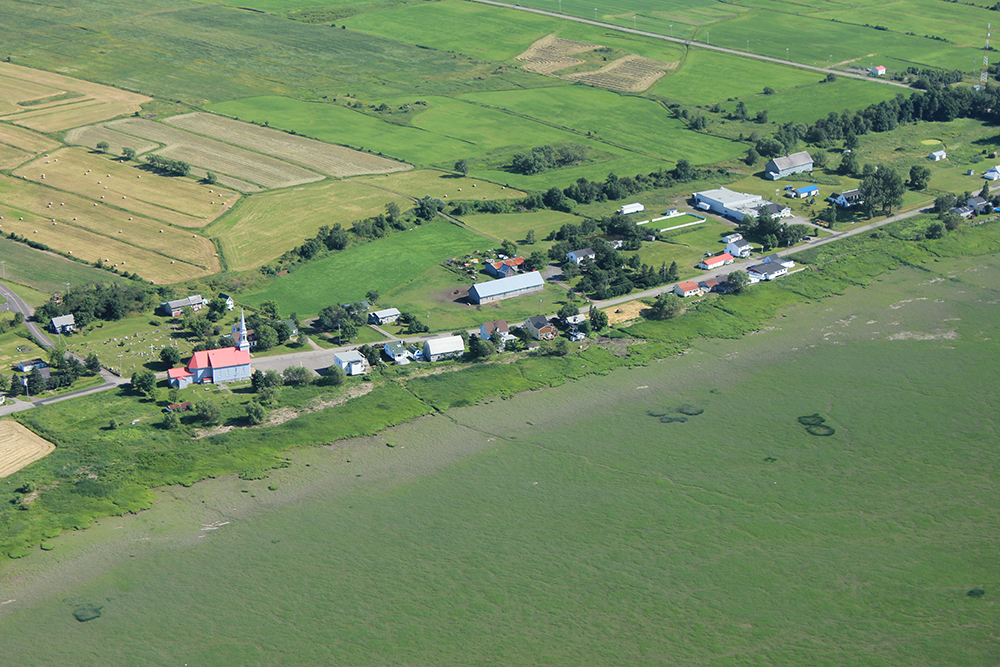
The plane we took to come back to Montmagny

The island and the fields, at low tide. The tidelands are impressive (les battures in French)
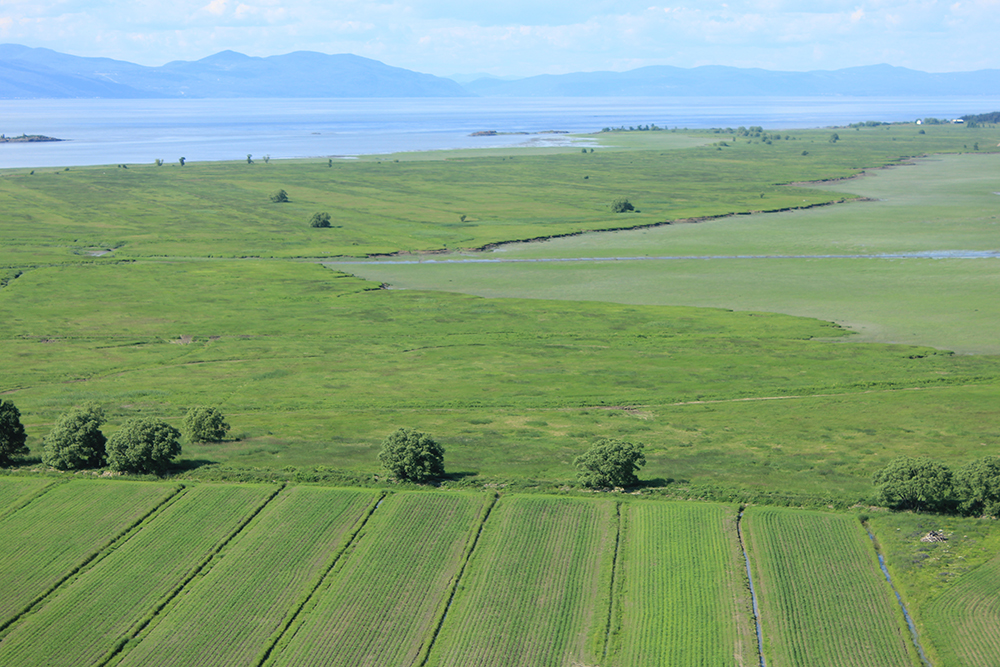

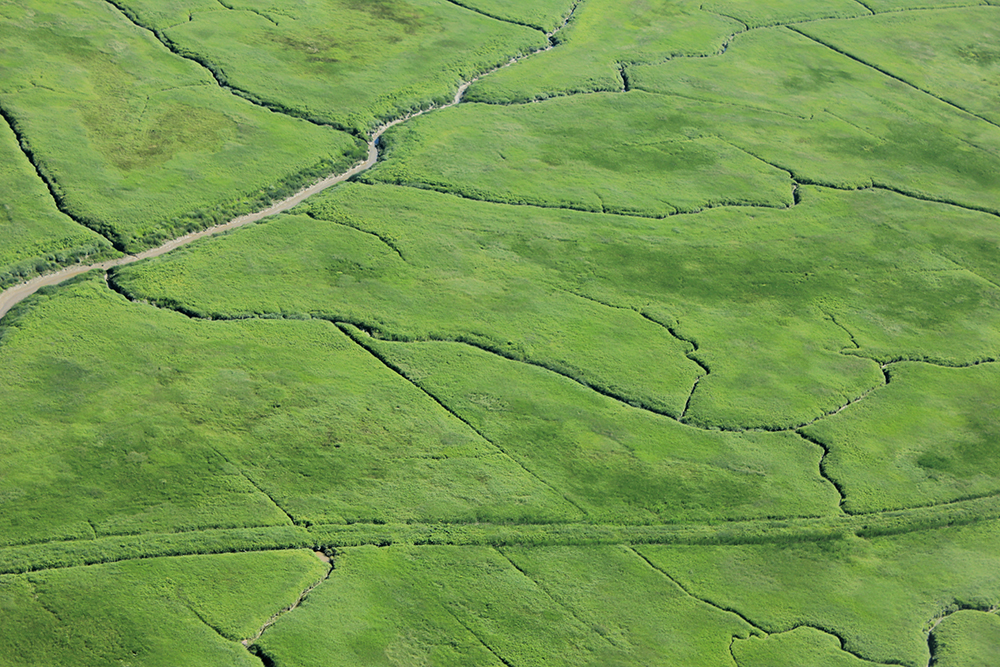
We flew over Grosse Île ("Big Island", litteral translation). This place was the entrance door of the Irish immigrants in the 19th century. Text from Parks Canada :
«Located in the middle of the St. Lawrence River, Grosse Île was a quarantine station for the Port of Québec from 1832 to 1937. At the time, the island was the main point of entry for immigrants coming to Canada.
You will be touched by the story of Grosse Île, a witness to both human tragedy and exceptional dedication. Relive the troubling experience of immigrants who set sail in hopes of a better future, and of those who cared for them upon arrival.»
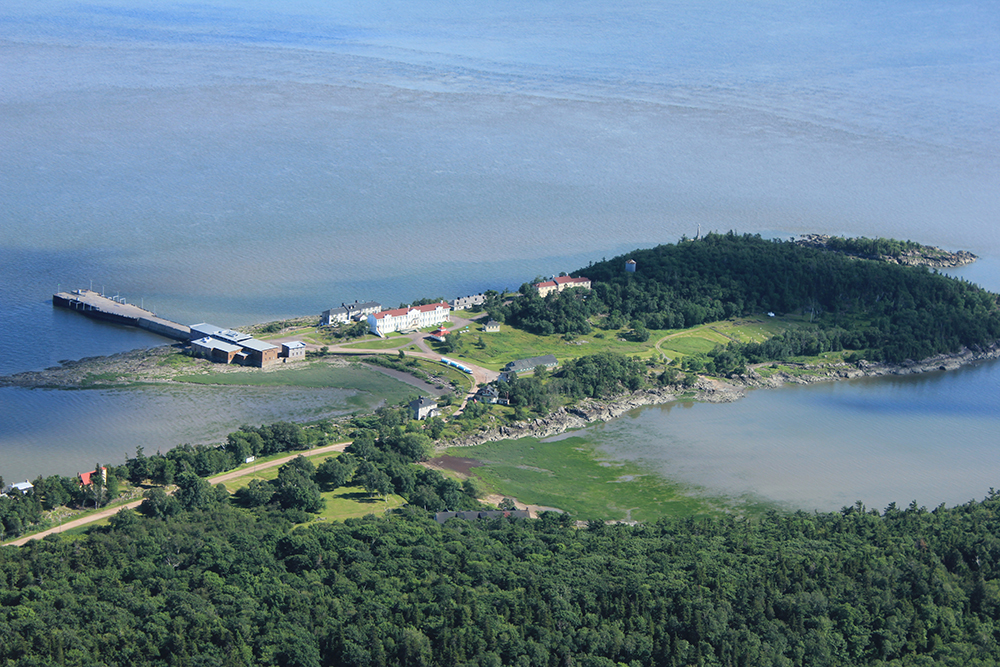 IMG_9775
IMG_9775 by
Louis-Philippe R-Brosseau, sur Flickr



